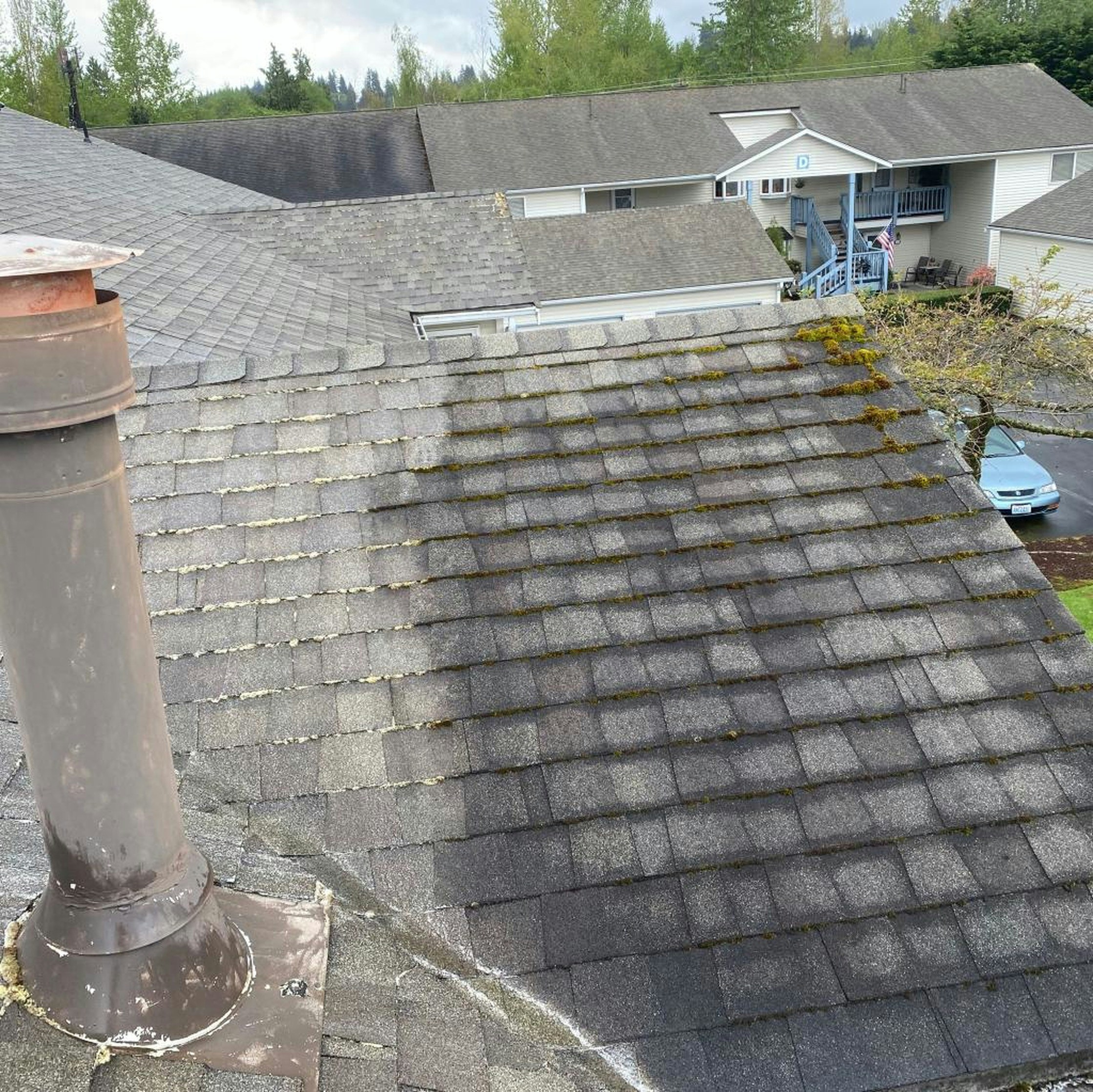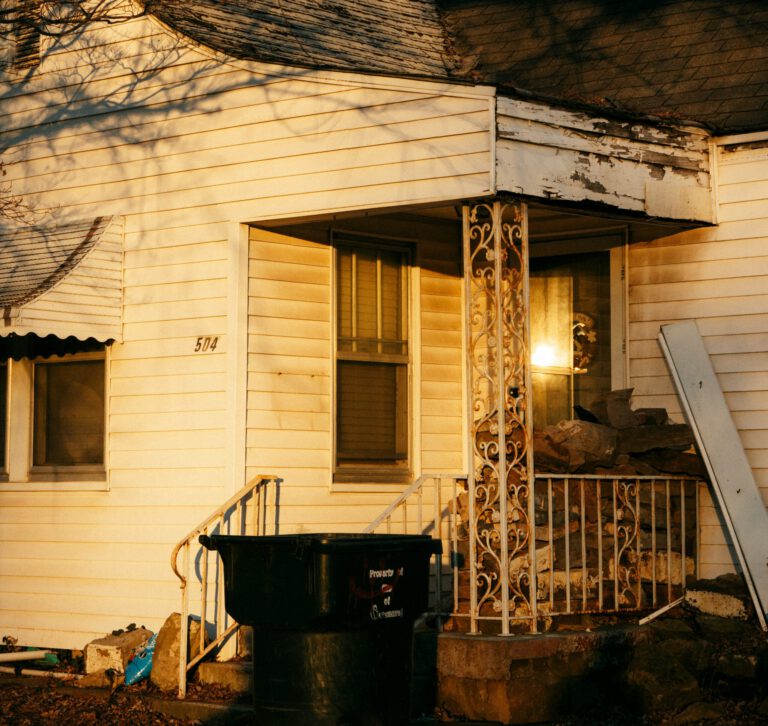I’ll admit it when I first became a homeowner, the last thing I paid attention to was the roof. I was focused on painting walls, decorating rooms, and adding little personal touches inside. But over time, I learned (the hard way) that ignoring the roof is one of the biggest mistakes you can make as a homeowner.
Today, I want to share five clear signs it’s time to replace your roof not just from research but from my own experience and stories I’ve heard from friends and neighbors. I’ll also include a step-by-step prep guide so you’re ready if you ever need to take on this big home improvement project.
Sign #1 – Shingles Are Cracked, Curling, or Missing
I first noticed something was wrong when I looked up one day and saw a few shingles on my lawn after a storm. At first, I thought, “No big deal — I’ll just replace those couple of pieces.” But when I got a closer look, I realized several shingles were curling up at the edges, and some were even cracked or broken.
Why This Matters
Shingles are your roof’s first defense against rain, wind, and sun. Once they start failing, water can seep underneath, leading to rot, mold, and interior leaks. If large areas are affected, it’s often more cost-effective to replace the entire roof rather than patching small sections.
Sign #2 – You Notice Water Stains or Leaks Inside
One rainy night, I walked into my bedroom and saw a faint brown spot on the ceiling. A few days later, that stain grew larger, and soon I noticed a damp, musty smell. Sure enough, the roof had developed a slow leak.
Why This Matters
Interior water stains are often a sign that your roof’s underlayment — the waterproof barrier beneath the shingles — has failed. If left untreated, leaks can damage insulation, drywall, and even the structural beams of your home.
Sign #3 – Your Roof Is Over 20 Years Old
Here’s something most people (including me) overlook: roofs have a lifespan. When I bought my house, I didn’t even think to ask how old the roof was. Only later, when getting quotes, did I realize it was already 22 years old — well past the average lifespan for asphalt shingles.
Why This Matters
Even if your roof “looks fine,” materials degrade over time due to sun exposure, temperature changes, and weather events. Most asphalt shingle roofs last 20–25 years; after that, they become increasingly prone to failure.
Sign #4 – Your Energy Bills Are Creeping Up
One summer, I was shocked by my cooling bill — it had spiked by nearly 30%. After an energy audit, I learned that poor roof ventilation and worn-out materials were causing heat to build up in the attic, making my air conditioner work overtime.
Why This Matters
A failing roof can mess with your home’s energy efficiency. Replacing your roof can improve insulation and ventilation, saving you money on heating and cooling over time.
Sign #5 – You See Sagging or Structural Issues
This is one of the most serious signs. A neighbor of mine noticed their roofline was starting to sag slightly. After an inspection, they discovered rotting boards underneath, which required not just a roof replacement but structural repairs.
Why This Matters
A sagging roof can indicate major damage to the decking or even the foundation. It’s a safety hazard, and you should call a professional right away if you notice this.
How to Prepare for a Roof Replacement (Step by Step)
Replacing a roof is a big project — but with the right preparation, you can make it smoother and less stressful. Here’s what I learned:
1 – Get Multiple Inspections and Quotes
Even if you suspect your roof needs replacement, get at least three professional inspections. They’ll confirm the extent of the damage and provide cost estimates. Ask for itemized quotes so you can compare materials, labor, and warranties.
2 – Choose Your Materials Carefully
Roofing materials aren’t one-size-fits-all. From asphalt shingles to metal, tile, or slate, each has its pros and cons. Think about your budget, climate, and how long you plan to stay in the house.
3 – Plan for Noise and Disruption
Be prepared: roof replacement is loud. Let your neighbors know ahead of time, and make arrangements if you (or pets) need a quiet place to stay during the work.
4 – Protect Your Belongings
Before the project starts, cover items in the attic to protect them from dust and debris. Move outdoor furniture, potted plants, or vehicles away from the work area.
5 – Review the Warranty and Final Inspection
When the work is done, walk through a final inspection with your contractor. Make sure you understand the warranty terms — both on materials and labor — so you’re covered if any issues arise later.
From my own experience, I can say: don’t wait too long to deal with your roof. It’s easy to ignore until problems become expensive, but catching these signs early can save you thousands.
Whether you’re noticing shingle damage, water leaks, or just suspect your roof is getting old, take the time to inspect, plan, and prepare. Trust me — your future self (and your wallet) will thank you.




